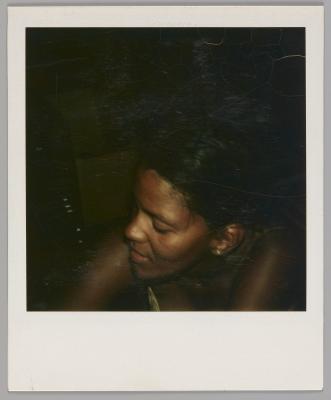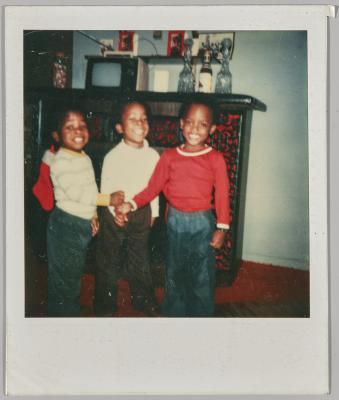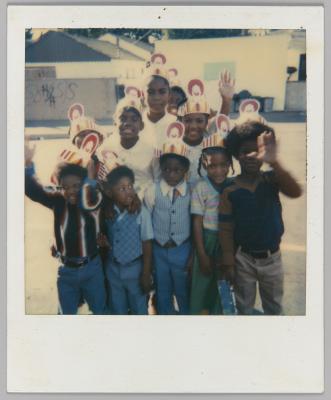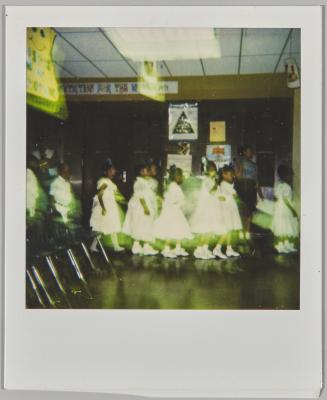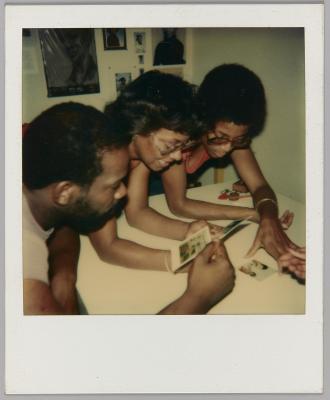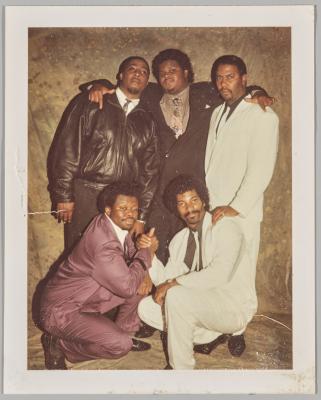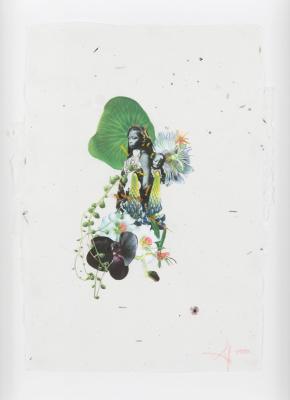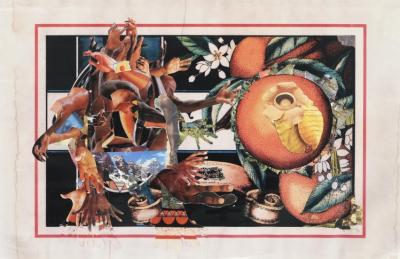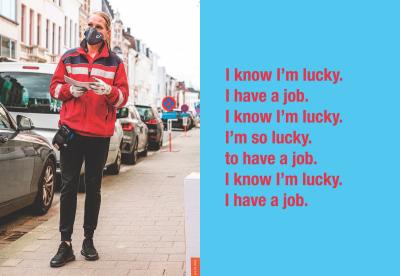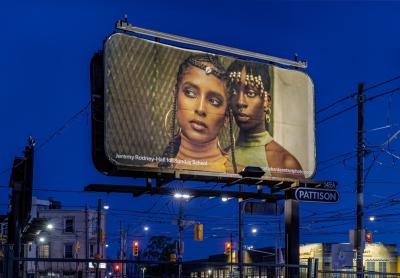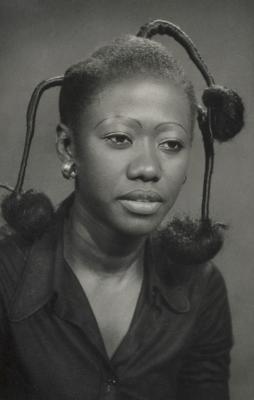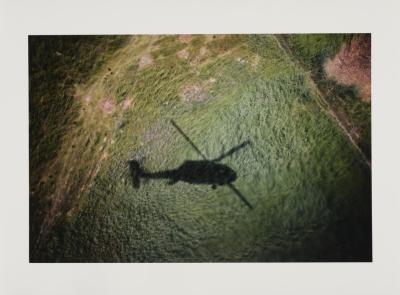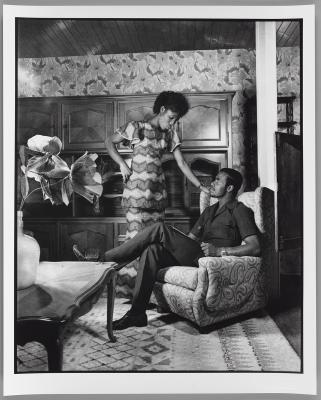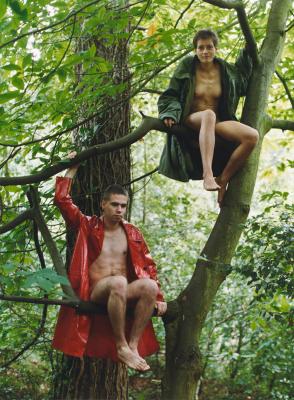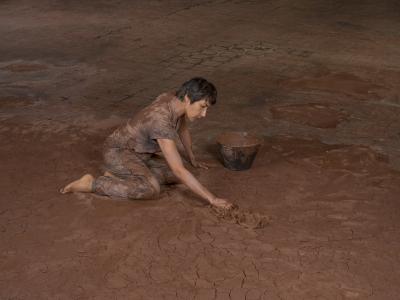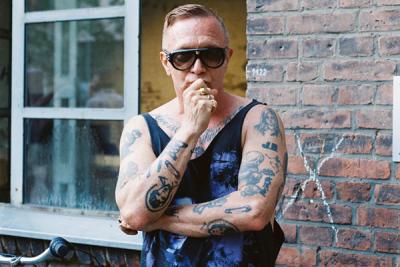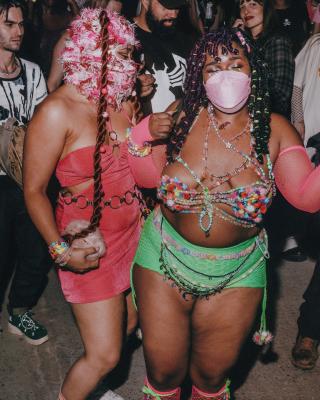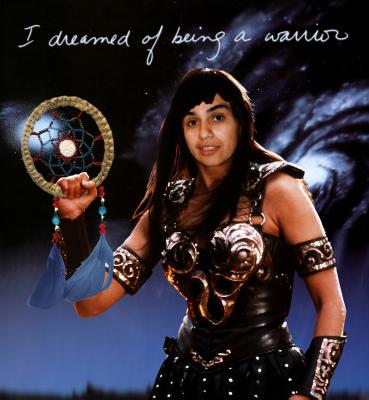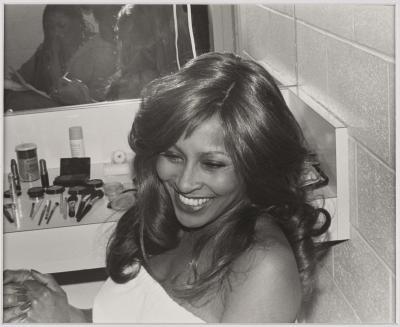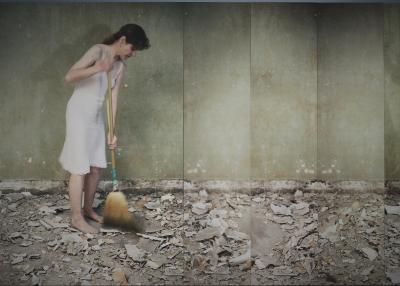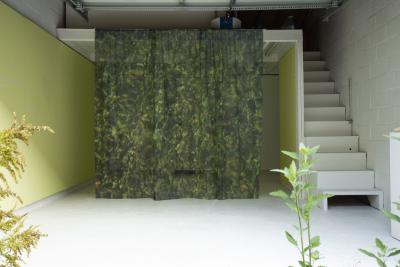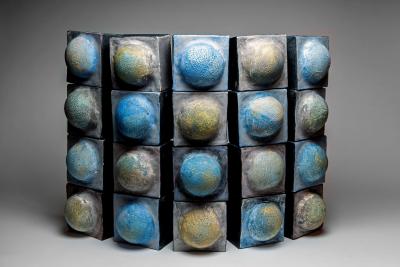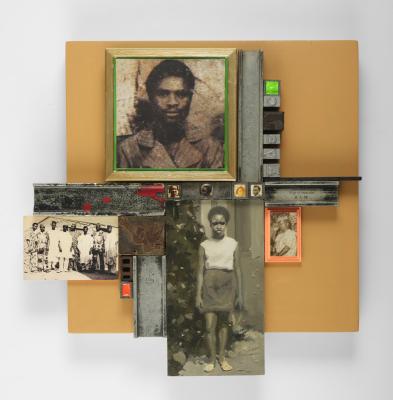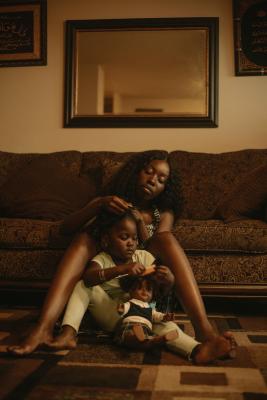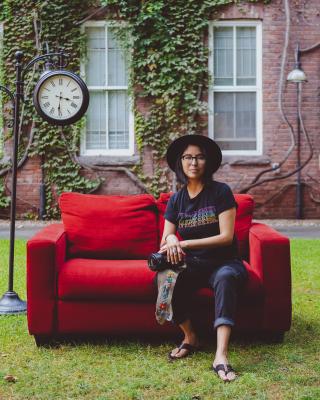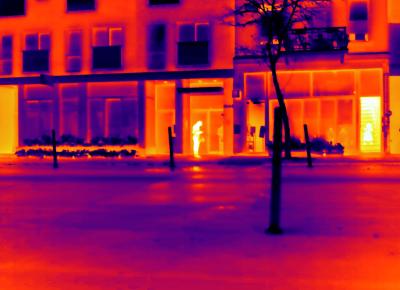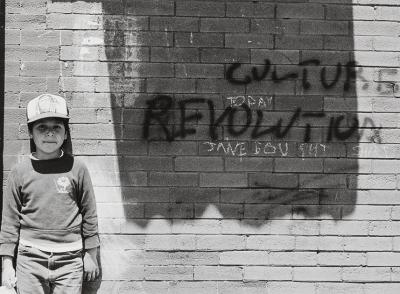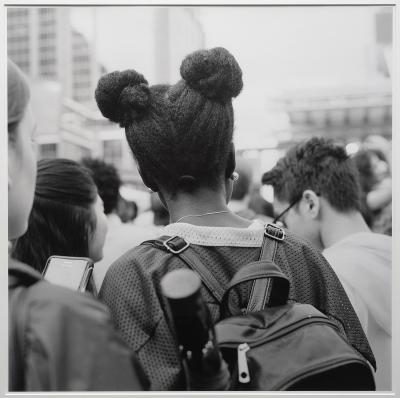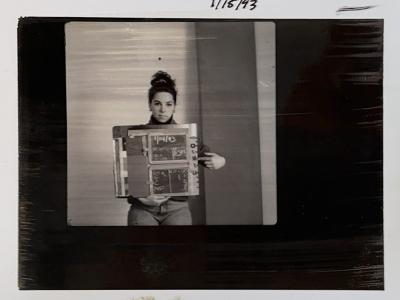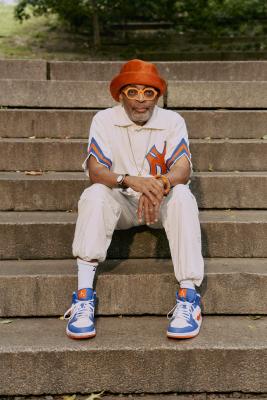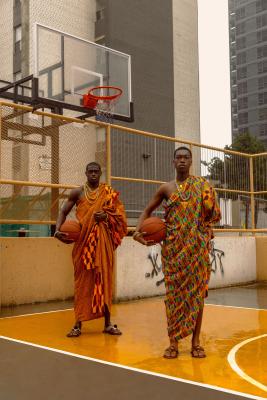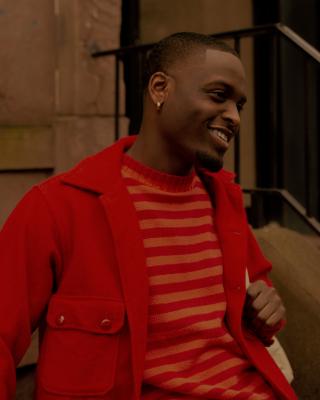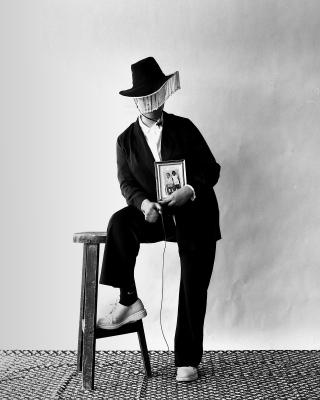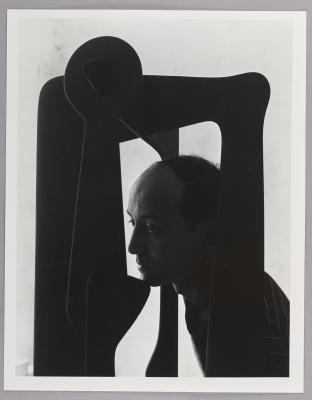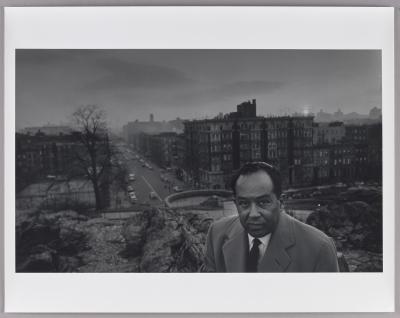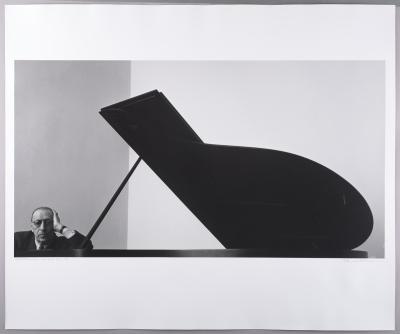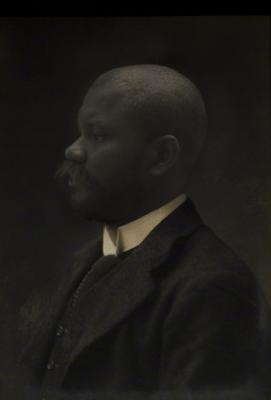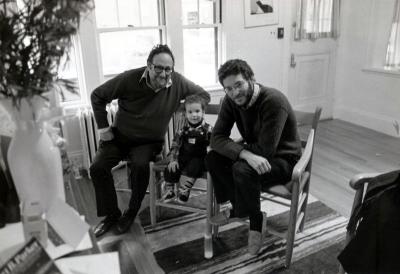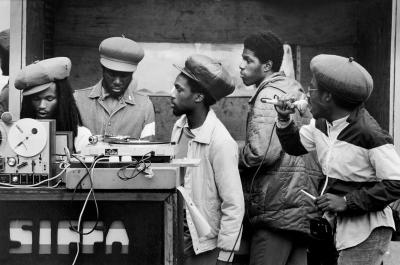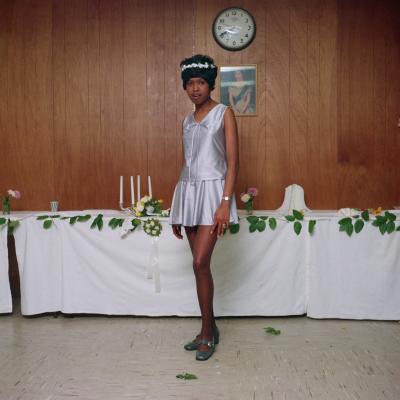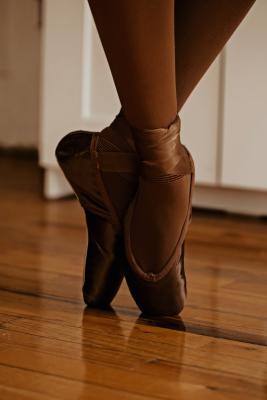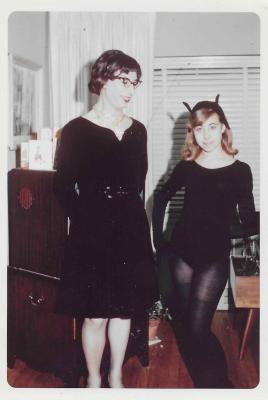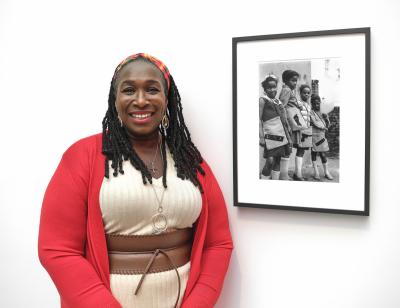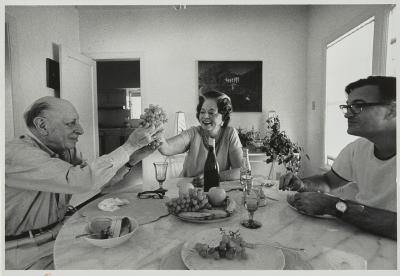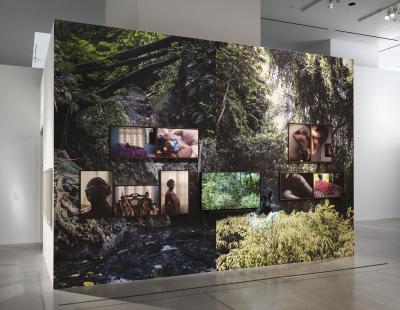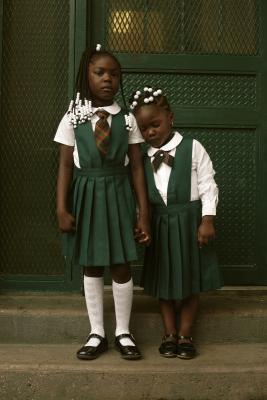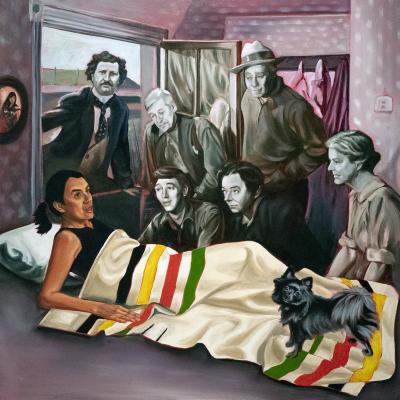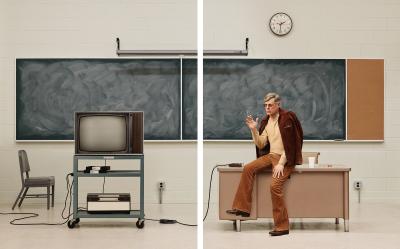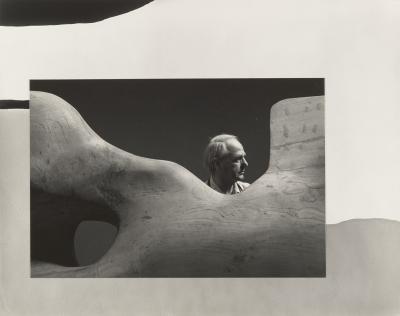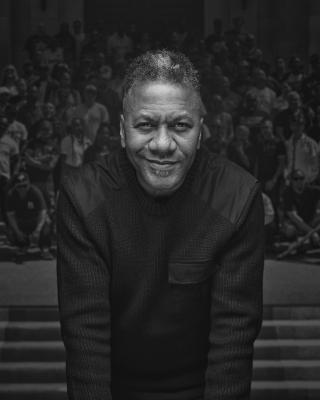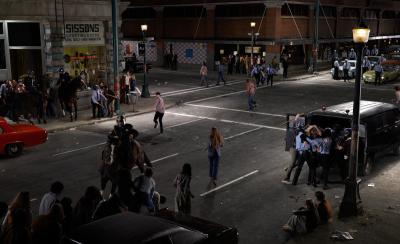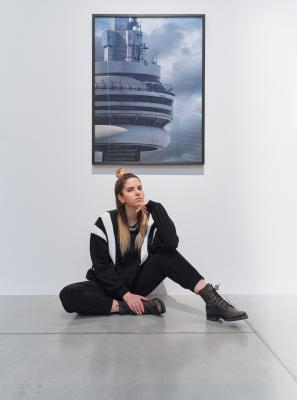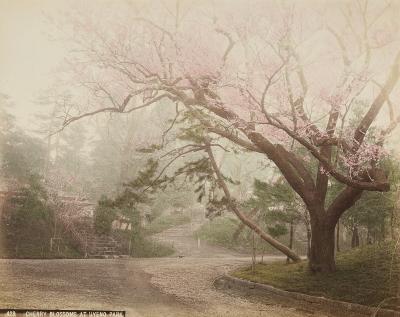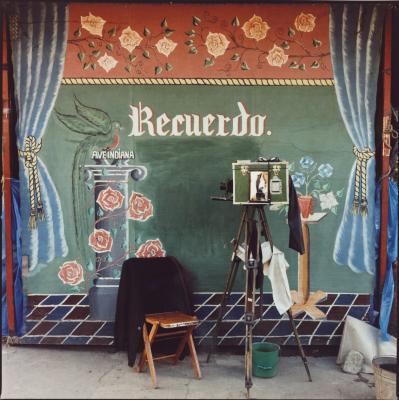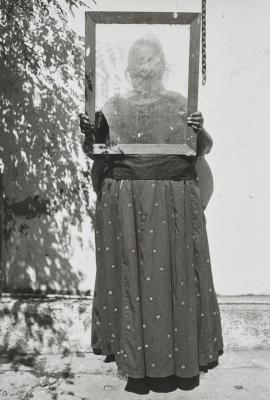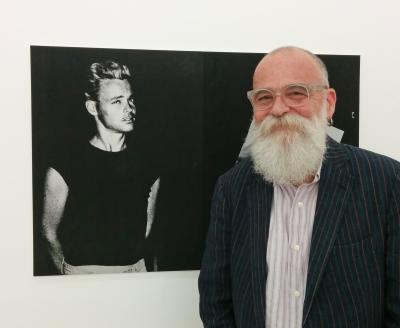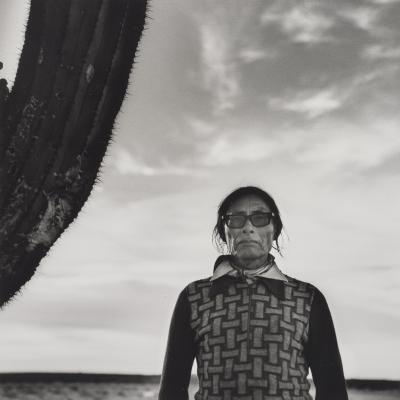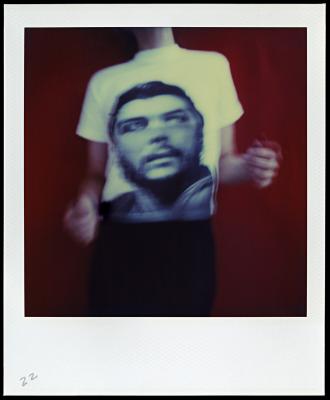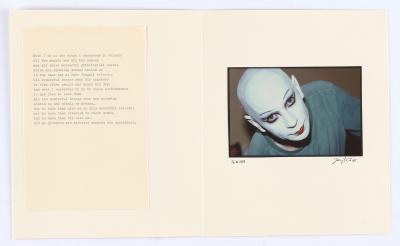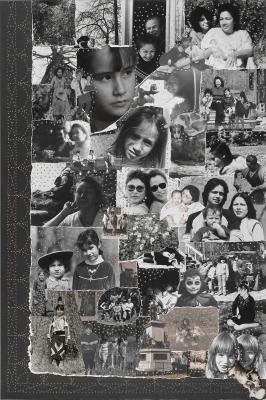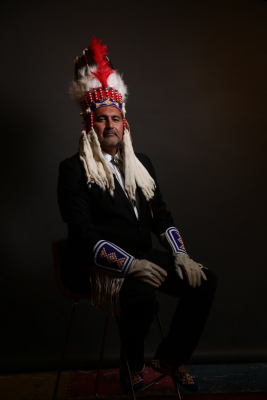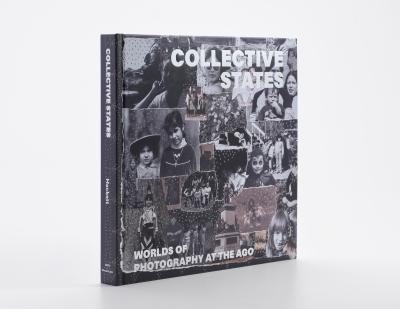Representation on point(e) with Kreshonna Keane
Keane explores representation in ballet and the body as “home” in her photo series Ten Toes Down
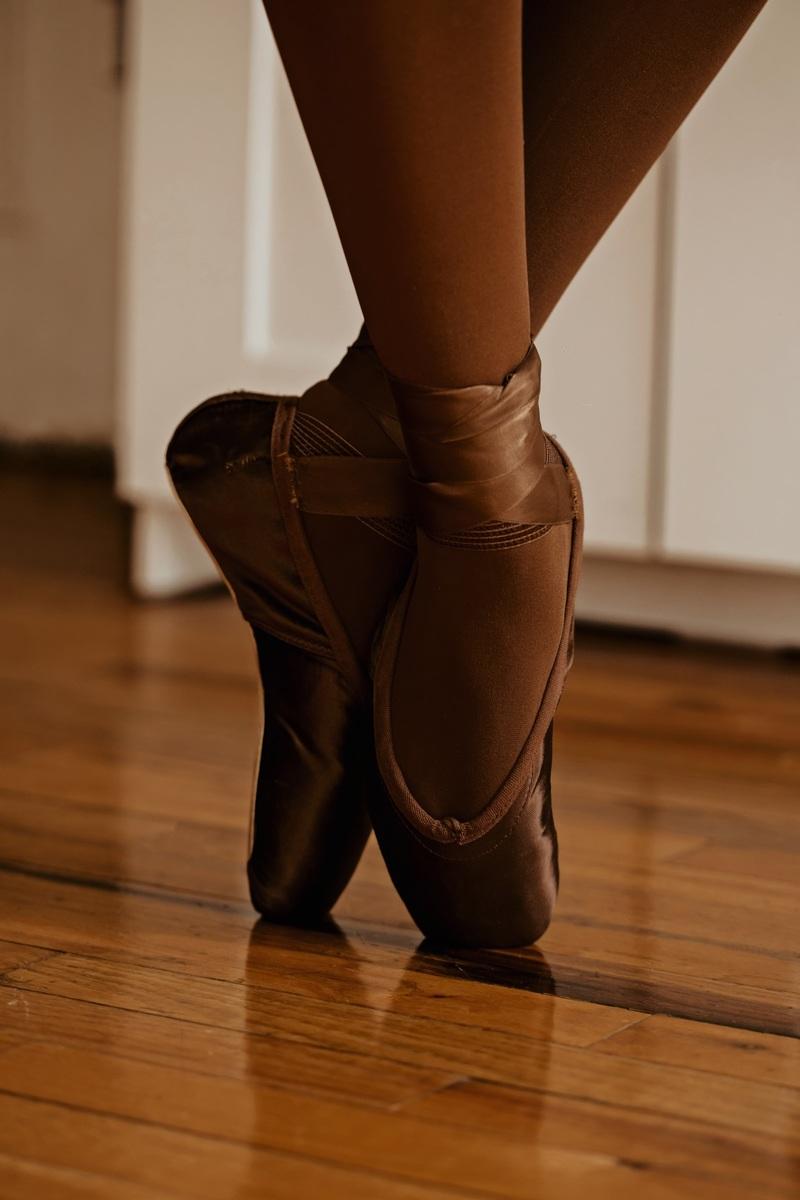
Kreshonna Keane, Ten Toes Down, 2021. © Kreshonna Keane. Image courtesy of the artist and Sunday School.
Pirouettes, grand jetés, arabesques, and fouettés - alongside the numerous dance movements they must learn, many Black ballet dancers are also trained in the art of “pancaking.”
Pointe shoes are typically produced in shades of pink and beige to blend into lighter skin tones. This choice was made, in part, to avoid disrupting dancers’ elegant body lines, which extend from their fingertips to their pointed feet. For dancers of colour, the traditional hues of pink do the exact opposite. To achieve the same effect as their white counterparts, Black ballet dancers have often used sponges to “pancake “darker foundation shades onto their pointe shoes to match their skin tones.
A symbol of power and dedication in the dance world, the characteristic pink pointe shoe is also symbolic of the lack of Black representation in ballet, something multidisciplinary artist Kreshonna Keane explores with her photograph series Ten Toes Down (2021).
Kreshonna Keane, Ten Toes Down, 2021. © Kreshonna Keane. Image courtesy of the artist and Sunday School.
Currently on view at the AGO, Ten Toes Down is one of three series featured in the exhibition Feels Like Home, produced by creative agency Sunday School and curated by Emilie Croning, the AGO’s Curatorial Assistant, Arts of Global Africa & The Diaspora. The exhibition is guided by the question of what “home” feels like within the Black diaspora.
In Ten Toes Down, home is explored through the body and self-expression. Keane and Sunday School partnered with Freed of London, one of the first mainstream manufacturers of dancewear and accessories, to mass-produce pointe shoes in darker shades. The series features pointe professional Jordan Peterson posing in her home wearing her matching skin-tone pointe shoes from Freed of London.
Recently named one of Forbes 2024 30 under 30 in Art & Style, Foyer caught up with Keane to talk more about the process of creating Ten Toes Down, its connection to other works in the exhibition, and her viral FaceTime photo shoots during the COVID-19 pandemic.
Multidisciplinary artist Kreshonna Keane. Image courtesy of the artist.
Foyer: Walk us through your creative vision for Ten Toes Down. The photos on view at the AGO feature close-ups of Jordan Peterson’s feet and earrings and photos of her dancing and posing with her pointe shoes. What message were you aiming to share about representation in the dance world?
Keane: Ten Toes Down was a special project I photographed in collaboration with Sunday School’s founder Josef Adamu. Sunday School approached me with the desire to photograph and highlight an artist and we thought, why not a dancer? Jordan Peterson had been trained in ballet since early childhood. I connected with Jordan on Instagram and after hearing her story, I thought she would be perfect for this project. We decided it would be beautiful to tell her story through a powerful portrait series. It was important to capture the details of her earrings and tiny trinkets she had as memorabilia for storytelling purposes. If you look closely, you can see Jordan’s younger self dressed in all white, with light-coloured pointe shoes. Ten Toes Down challenges traditional norms in the dance world and calls for more inclusive and diverse spaces within the industry, hence the focus on the brown pointe shoes and the contrast between Jordan’s younger self, who lacked this representation, and her older self with shoes that reflect her as a performer of colour.
Kreshonna Keane, Ten Toes Down, 2021. © Kreshonna Keane. Image courtesy of the artist and Sunday School.
Jordan was a pleasure to work with! She takes direction very well and served a certain level of innocence mixed with grace that helped tell Ten Toes Down. The choice to photograph her in her home, an intimate setting, spoke to the theme of identity, belonging and resilience.
In what ways do you see Ten Toes Down exploring the exhibition’s central theme of “home” within the Black diaspora?
Ten Toes Down explores the central theme of home because home is not just a physical space, but a reflection of cultural heritage, traditions, and personal narratives that shape one’s sense of self. Placing Jordan in this space invites viewers to consider the complexities of what home means to individuals within the Black diaspora, and how home can serve as a source of strength, creativity and inspiration. By allowing Jordan to truly take up space within her environment and capturing her in these dynamic poses and larger-than-life camera angles, it conveyed a profound message about representation, empowerment and the importance of creating inclusive spaces that honour and celebrate the diversity of experiences within the dance world.
Kreshonna Keane, Ten Toes Down, 2021. © Kreshonna Keane. Image courtesy of the artist and Sunday School.
Your work is presented alongside Jump Ball (2019–ongoing) by O’shane Howard and Joshua Kissi, which explores the cultural importance of Basketball in Black communities. On the flip side, Ten Toes Down focuses on a sport that heavily lacks Black representation. What kinds of dialogue do you see created between your work and the other series featured in the exhibition, such as Jump Ball?
I love that you pointed this out because I truly hadn’t noticed the juxtaposition until now. It is an honour to have my work featured alongside such amazing photographers and the powerful Jump Ball series. Jump Ball celebrates the cultural significance of basketball within Black communities and highlights the achievements of talented Black athletes and the deep-rooted connection between sports and identity. Whereas in contrast, Ten Toes Down sheds light on challenges faced by Black individuals in athletic fields lacking representation, such as ballet and dance.
By showcasing these two perspectives on representation within sports and culture, I believe together these series create a dynamic conversation about the complexities of representation and the importance of furthering the effort to create inclusive spaces within these industries.
Kreshonna Keane, Ten Toes Down, 2021. © Kreshonna Keane. Image courtesy of the artist and Sunday School.
During the pandemic, you gained recognition for photo shoots you conducted over FaceTime. What inspired you to use FaceTime and how did you conduct the sessions?
All the photo shoots were conducted through Apple’s FaceTime feature. I had individuals book a time slot with me for their photo shoot and we would jump on the call and begin shooting. I would have them prepare their looks, location, and props before our session to ensure my timing was efficient. The key to successful photos was having another person on site to be my hands as I directed them on which way to hold the camera. Then, I would capture the image from my screen. This series opened up a world of possibilities for me. I was lucky enough to work with over 200 people around the world, including companies such as Converse, Cosmopolitan and Paper Planes by FaceTime.
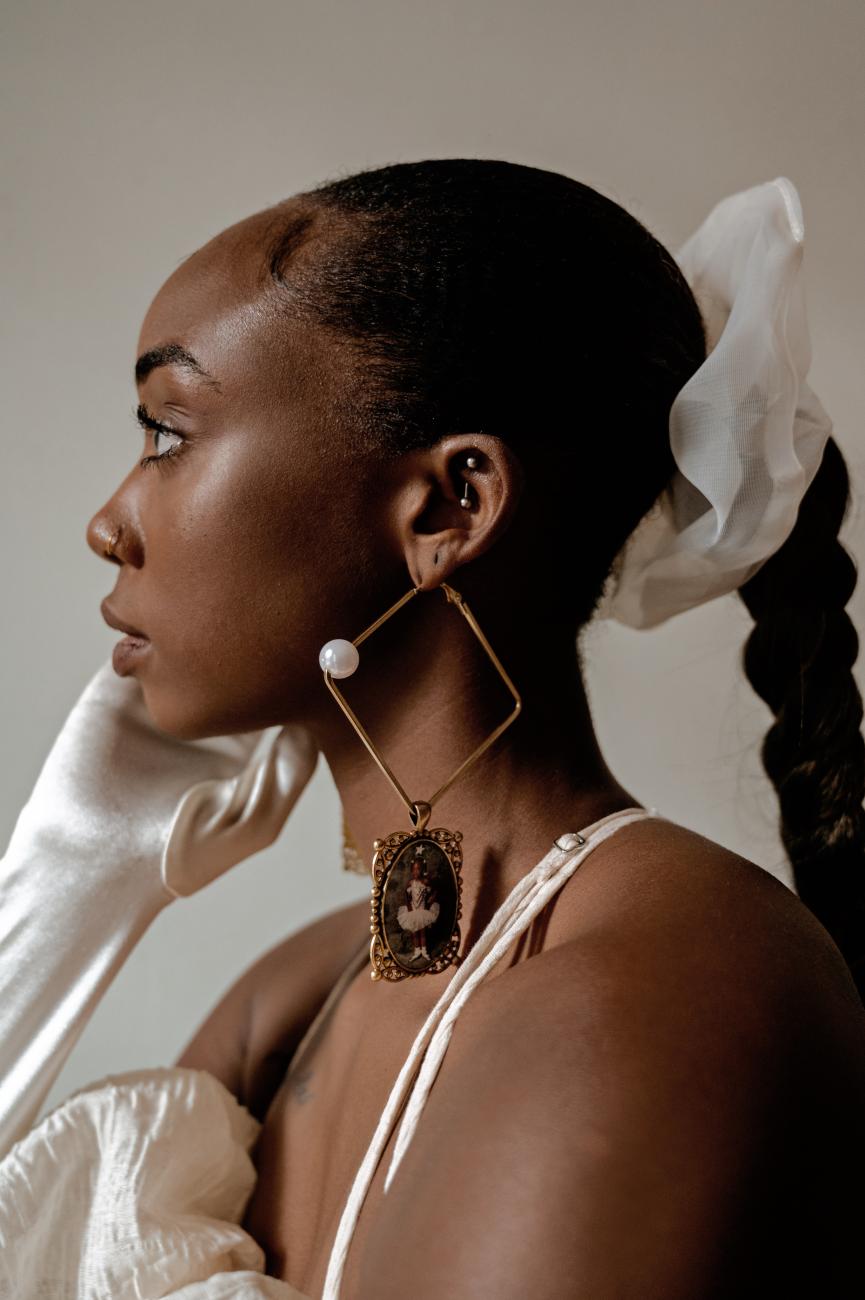
Kreshonna Keane, Ten Toes Down, 2021. © Kreshonna Keane. Image courtesy of the artist and Sunday School.
You were recently named one of Forbes Under 30 for 2024. How does it feel to be chosen for this list?
It is an honour I can’t even begin to describe. The Forbes 30 Under 30 list came at a time when I was heavily considering giving up photography. [I was] feeling discouraged with my path and losing faith in the direction of the industry. I sold all my photography equipment in an effort to upgrade them, but for a short period of time, I contemplated not even investing. Then, Forbes happened! The true honour comes from being chosen for my photography and the business that I built from the ground up, Visuals By K Studios. I am so proud of how far I have come!
See Ten Toes Down as part of Feels Like Home, on view until June 16, 2024, on Level 2 of the AGO in the west Irina Moore Gallery (gallery 248). Feels Like Home was curated by Emilie Croning, AGO Curatorial Assistant, Arts of Global Africa & the Diaspora.
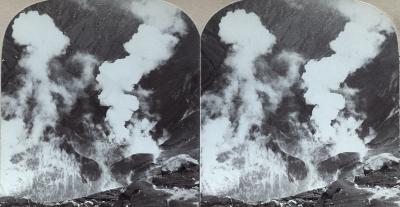
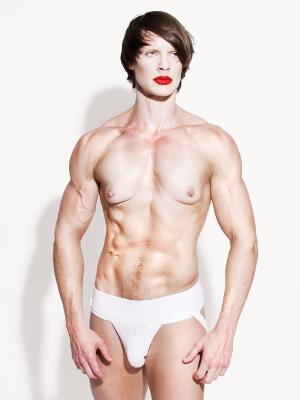
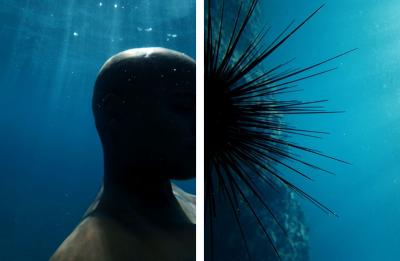
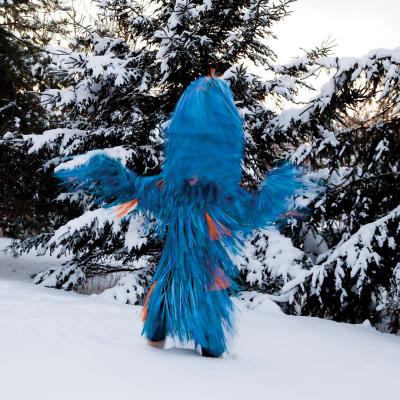
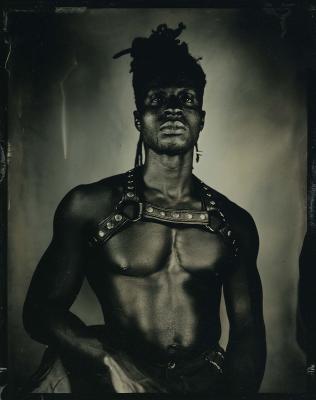
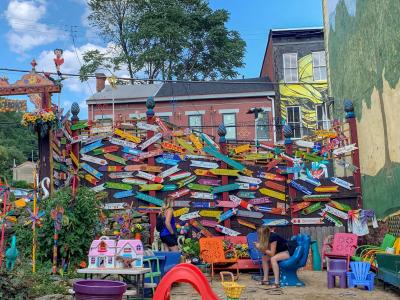
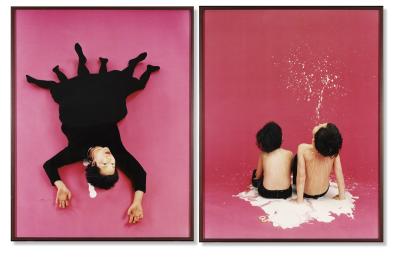
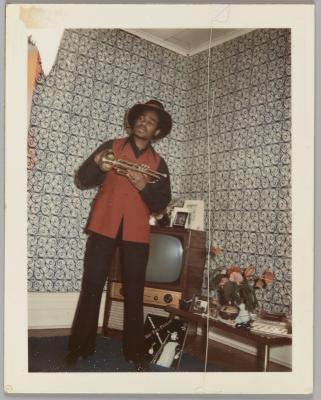
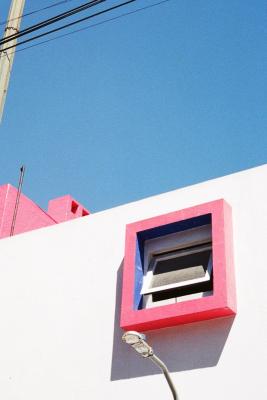

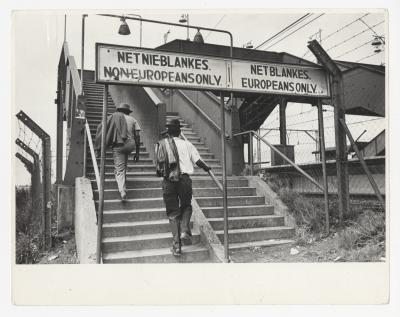
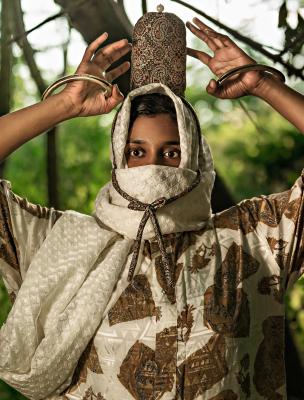
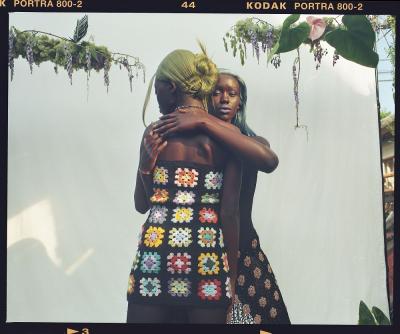
![Unknown photographer, Chillin on the beach, Santa Monica [Couple on beach blanket]](/sites/default/files/styles/image_small/public/2023-04/RSZ%20WMM.jpg?itok=nUdDiiKr)
